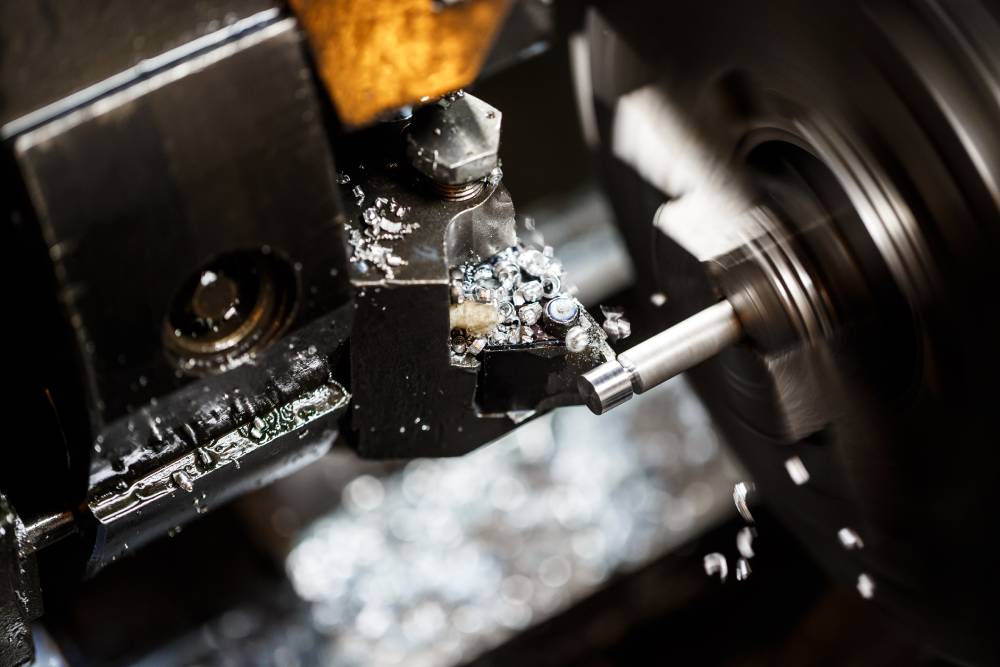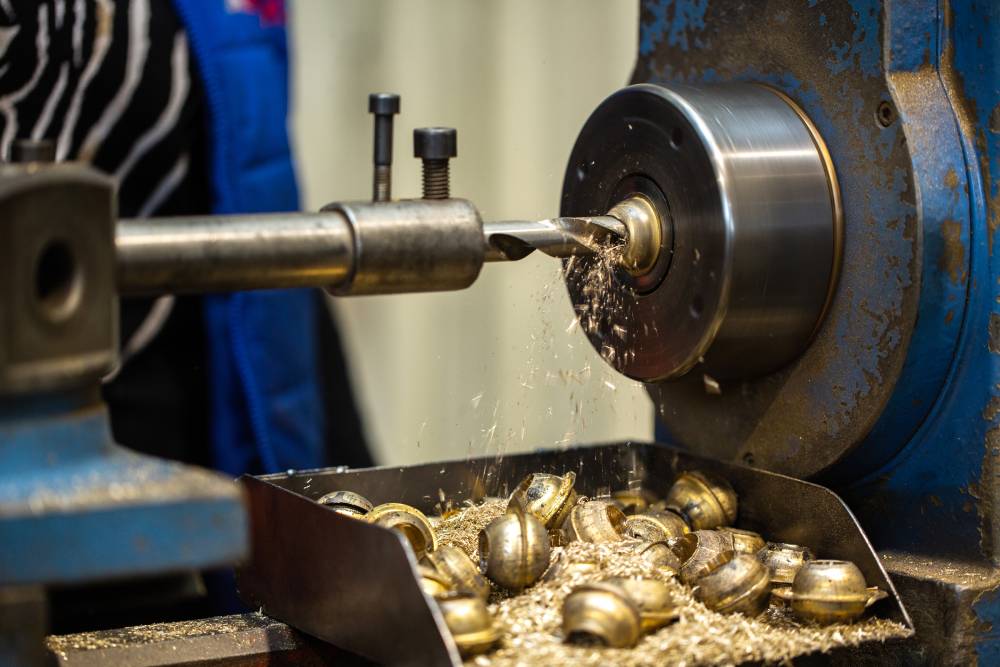- Understanding Custom Precision Metal Stamping
- The Metal Stamping Process
- Materials Used in Metal Stamping
- Applications of Custom Precision Metal Stamping
- Advantages of Custom Precision Metal Stamping
- Key Considerations for Implementing Metal Stamping
- Challenges and Solutions in Metal Stamping
- Future Trends in Metal Stamping
- Conclusion
Custom Precision Metal Stamping: All You Need to Know
In the vast world of manufacturing, custom precision metal stamping stands out as a crucial process, especially when precision and versatility are paramount. As a vital contributor to industries like automotive, aerospace, electronics, and medical devices, understanding the ins and outs of this technique is essential. In this comprehensive guide, I will delve into everything you need to know about custom precision metal stamping, from its core processes to its various applications and benefits.
Understanding Custom Precision Metal Stamping
Custom precision metal stamping is a specialized manufacturing process that involves shaping metal sheets into specific forms using high-force presses and custom-engineered dies. This process is pivotal in producing components that require high precision and intricate detailing, which are essential characteristics in various high-spec applications. The technique is favored for its ability to produce large volumes of consistent and uniform parts, making it indispensable in industries such as automotive, aerospace, electronics, and medical devices.
The essence of custom precision metal stamping lies in its versatility and adaptability to different metals and complex designs. The process starts with a flat metal sheet, often referred to as the blank. This blank is then subjected to high pressure in a stamping press, where it is forcibly shaped into the desired form by the die. The dies used in this process are custom-made and can vary significantly in complexity, depending on the final product’s requirements. They are designed not only to cut and shape but also to potentially perform additional tasks such as punching holes, embossing, or bending the metal in various ways.
One of the primary advantages of custom precision metal stamping is the ability to maintain tight tolerances and achieve high levels of detail and complexity. These capabilities are crucial in producing components that not only fit precisely where they are needed but also perform their functions without fail. Additionally, the efficiency of metal stamping allows for the production of large quantities of parts quickly and cost-effectively, which is particularly beneficial in industries where time and budget constraints are critical.
Through custom precision metal stamping, manufacturers can achieve a balance between durability, precision, and cost-effectiveness, making it a core component of modern manufacturing strategies aimed at producing high-quality, reliable parts.

The Metal Stamping Process
At its core, the metal stamping process starts with the creation of a die or a mold that represents the negative of the part to be produced. This die is then used in a stamping press where the metal sheet is placed and the press exerts high force to form the metal into the desired shape. Depending on the complexity of the part, the stamping process may occur in a single stage or multiple stages:
- Single-Stage Stamping: This method is typically used for simpler designs where the part can be created with a single press stroke.
- Progressive Stamping: For more complex parts, progressive stamping is used where the metal strip moves through multiple stations, each performing different operations.
Techniques in Metal Stamping
Different projects require different stamping techniques. Some of the most common include:
- Progressive Die Stamping: This is ideal for high-volume production, involving a series of stamping stations.
- Deep Draw Stamping: Used to create deep, hollow shapes such as pots and pans.
- Four-Slide Stamping: Allows for multiple bends and twists in intricate parts.
Materials Used in Metal Stamping
| Material | Properties | Typical Applications |
|---|---|---|
| Steel | Durable, strong, can be hardened | Automotive body parts, structural components |
| Stainless Steel | Corrosion-resistant, durable, strong | Food processing equipment, medical devices |
| Aluminum | Lightweight, corrosion-resistant, good conductor | Electronic housings, consumer products |
| Copper | Excellent electrical conductivity, malleable | Electrical components, roofing materials |
| Brass | Good corrosion resistance, excellent machinability | Decorative hardware, gears, locks |
| Nickel Alloys | High-temperature resistance, highly corrosion-resistant | Aerospace components, power generation equipment |
| Titanium | High strength-to-weight ratio, corrosion-resistant | Aerospace frames, surgical implants |
Applications of Custom Precision Metal Stamping
Custom precision metal stamping is utilized across a wide array of industries due to its versatility and efficiency in producing complex parts with high precision. In the automotive industry, for instance, this process is essential for manufacturing components such as brackets, chassis parts, and engine mounts. These components must meet strict specifications for size, strength, and durability, making precision stamping a preferred method. Similarly, in the electronics industry, metal stamping is used to create intricate parts like connectors, contacts, and brackets that are integral to electronic assemblies. These parts often require conductive metals such as copper and brass and benefit from the high precision and repeatability of the stamping process.
The aerospace sector also significantly benefits from custom precision metal stamping. Components for aircraft, such as panels, airframes, and engine parts, must adhere to rigorous standards of strength and weight. The ability of metal stamping to work with high-strength, lightweight materials like titanium and advanced nickel alloys makes it invaluable. Additionally, the precision achievable with custom stamping ensures that parts fit perfectly and perform reliably in the demanding conditions of aerospace applications.
Medical devices represent another critical application of custom precision metal stamping. This industry requires components that are not only precise but also made from materials that are safe for medical use, such as stainless steel and titanium. Stamping is used to produce surgical instruments, implants, and other device components that must meet exacting standards for cleanliness, corrosion resistance, and biocompatibility. The ability to produce these components consistently and efficiently highlights the indispensable role of custom precision metal stamping in modern manufacturing across various high-tech fields.

Advantages of Custom Precision Metal Stamping
Opting for custom precision metal stamping brings numerous advantages to the table:
- High Precision and Consistency: Ensures that each part meets the exact specifications, which is critical in industries where precision is non-negotiable.
- Cost-Effectiveness for Large Volumes: The cost per part is significantly reduced when produced in high volumes, despite the initial high cost of setting up stamping dies.
- Speed of Production: Once the setup is complete, parts can be produced at a high rate, which is vital for meeting market demands.
Key Considerations for Implementing Metal Stamping
Implementing metal stamping within a manufacturing process requires meticulous planning and several key considerations to ensure optimal outcomes. One of the primary aspects to consider is Design for Manufacturability (DFM), which involves collaborating closely with engineering teams from the outset. This collaboration helps in designing parts that are not only functional but also optimized for the stamping process, reducing material waste and production time. Additionally, the quality of the dies used in stamping is crucial as they directly affect the consistency and quality of the final products. Investing in high-quality dies and maintaining them properly can significantly extend their life and enhance the overall efficiency of the stamping operations.
Another essential consideration is the choice of material, as it impacts both the performance and cost-effectiveness of the stamped parts. Different materials behave differently under the stresses of stamping; selecting a material that aligns with the mechanical and environmental demands of the end product is vital. Furthermore, the capabilities of the metal stamping supplier should not be overlooked. It is important to choose a supplier with not only the right technical capabilities and machinery but also a proven track record of reliability and quality. This ensures that the stamping process aligns well with the project’s requirements and deadlines, thereby minimizing the risk of production issues and ensuring a smooth manufacturing cycle.
The Future of Metal Stamping
The future of custom precision metal stamping is bright, with ongoing advancements in technology and material science. Automation and digital manufacturing are set to play larger roles, enhancing precision, reducing waste, and speeding up production. Moreover, as industries continue to focus on sustainability, the adoption of greener practices and materials is expected to rise.
Conclusion
Custom precision metal stamping is more than just a manufacturing process; it’s a critical component of modern industry, driving innovation and efficiency across various sectors. With its ability to produce high-quality, precise parts quickly and cost-effectively, it remains a cornerstone of manufacturing strategies worldwide. As technologies evolve, so too will metal stamping, adapting to meet the changing demands of industries and markets. Understanding this process in depth is essential for any manufacturer looking to leverage the benefits of metal stamping in their production lines.

